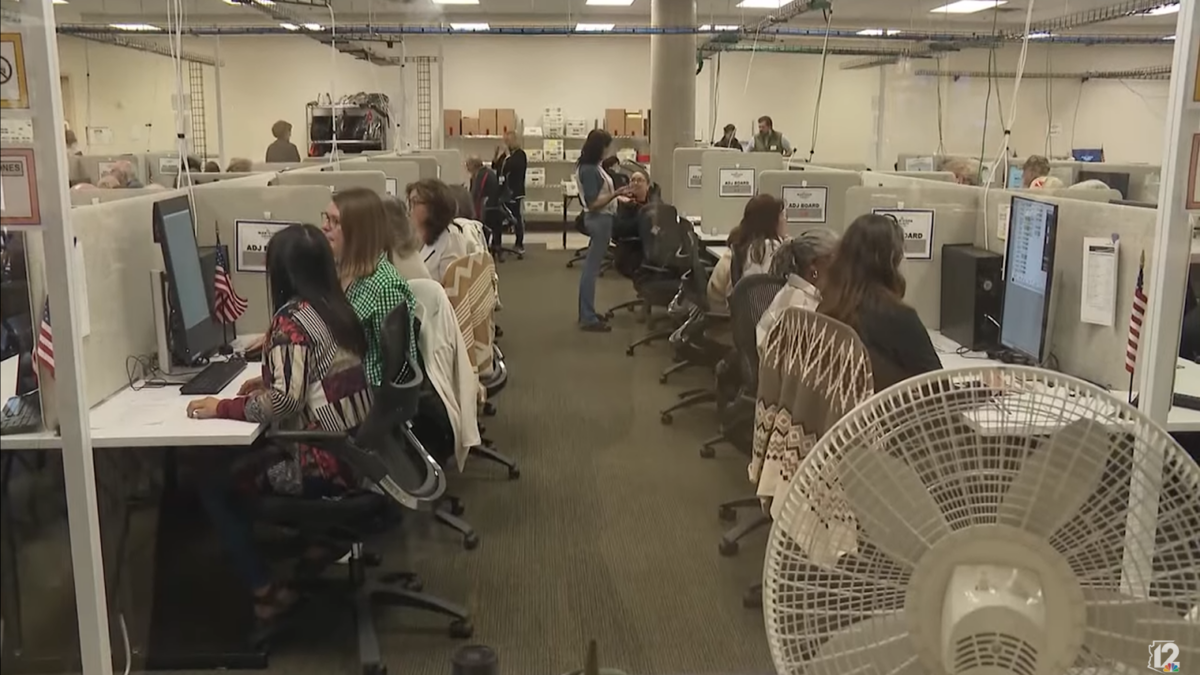
It’s understandable that pro-abortion advocates were eager to circulate a Vox video purporting to prove the safety of abortion last week. After all, yet another abortion clinic was making headlines for unsanitary conditions and harm to patients, drawing attention to the need for enforcing the health and safety laws abortion proponents bitterly fight. But the attempted defense of abortion Vox’s Liz Plank offered may actually be worse than her attempt at humor with a “Knock, knock. Who’s there? Abortion” joke.
Notably, before repeating the discredited myth that “abortion is safer than childbirth,” Plank admits a profound truth that abortion advocates generally avoid. By prefacing her arguments with the statement “if you only look at the safety of the mother,” she tacitly recognizes that abortion concerns the safety of two human beings. Abortion is always unsafe for the baby. (You know, that whole “crushing of body parts” that Plank displays annoyance over pro-lifers being “particularly vocal” about lately.)
After acknowledging that pregnant women are, in fact, mothers, Plank alleges “abortion is actually safer than childbirth” by comparing two data points from the Centers for Disease Control (CDC) that the CDC itself has said are not comparable. Maternal mortality and abortion mortality “measures are conceptually different and are used by CDC for different health purposes.” In other words, Plank peddles apples-to-oranges numbers as the basis of her claim.
Abortion Is Much Riskier Than Birth
Contrary to Plank’s attempt to soften abortion’s image by alleging that “most abortions don’t involve any form of cutting or surgery,” the vast majority of abortions are accomplished by invasive procedures that carry risks including, according to Planned Parenthood: “injury to the cervix or other organs.”
Other immediate physical risks from abortion procedures that even Planned Parenthood acknowledges include “allergic reaction, blood clots in the uterus, incomplete abortion — part of the pregnancy is left inside the uterus, failure to end the pregnancy, undetected ectopic pregnancy, very heavy bleeding.” These risks “increase the longer you are pregnant. They also increase if you have sedation or general anesthesia.”
Chemical abortions have a lengthy list of known complications, too. Some recent studies have even found higher incidences of immediate adverse events for chemical abortions than for surgical abortions.
Regardless of what type of abortion a mother undergoes—a 15-minute invasive procedure, a lengthier surgery, or multiple days of potent drugs—an abortion’s consequences are profound. The risks to her short- and long-term physical health are real and deserve serious attention.
Also, Abortion Data Is Unreliable
The problems with Plank’s defense of abortion run deeper than her euphemisms and faulty use of dissimilar CDC statistics, because U.S. abortion data is known to be incomplete and unreliable.
There is no federal abortion reporting requirement. Even the pro-abortion Guttmacher Institute acknowledges that the current “patchwork of surveillance efforts” relies on “incomplete” reports from states and that California—estimated to account for 17 percent, or one out of every six abortions in the country—is one of three states that “do not report to the CDC at all.” Guttmacher uses voluntary reporting from abortionists, filtered through its own ideological lens, which fails to fill these gaping holes.
Other factors compound the poor quality of reporting on abortion and abortion complications. Even pro-abortion advocates have said women face significant obstacles when reporting complaints against abortion providers. Susan Schewel, the executive director of the Women’s Medical Fund in Philadelphia, explained that, in her experience trying to work with women to file complaints with the Pennsylvania Department of Health, “The women found the complaint process so onerous and the telling of their stories so personally difficult that they failed to complete the paperwork and abandoned the effort.”
Abortionists have allegedly discouraged women from being truthful about their abortion complications. A former Planned Parenthood employee’s “whistleblower” lawsuit explains that chemical abortion patients who later experienced significant bleeding were told “to go to an emergency room and report that they were experiencing a spontaneous miscarriage.”
Still other complications are unreported because they go unconnected to the abortion that caused them. Jayne Mitchell-Werbrich, a nurse who left Planned Parenthood of Delaware because of its “meat market type assembly line care,” not because of any change of heart on abortion, testified before the Delaware Senate that “the sad thing is that these women may not even realize the fact that Planned Parenthood could be at fault for these medical tragedies even years after they had their abortions at Planned Parenthood.”
Women Deserve to Know These Risks
Further, Plank uncritically parrots the abortion industry’s talking points about the impact of Texas health and safety standards on clinic closures—talking points Texas has already exposed in its brief before the Supreme Court as “inaccurate representations about whether HB 2 caused certain abortion clinics to close.” In an “Impact of HB2” map they created and provided to the Supreme Court, lawyers for the abortionists challenging the Texas law went so far as to include clinics that closed before HB2 even passed.
While Plank would have viewers blindly mourn any clinic closures, her attempt to discredit proponents of health and safety standards ignores the ugly realities of the abortion industry these laws address. The inherent risks of abortion are amplified by an industry that has a long history of bad actors placing profit as their highest priority.
On one point Plank and I agree. We should be talking more about abortion and its risks. Although another talking point she repeats—that about 1 out of every 3 women will have an abortion in their lifetimes—has earned a “Two Pinocchios” rating in the Washington Post as a stale claim that fails to take into account declining abortion rates, the high numbers of annual abortions should elevate concerns about the unarguable risks. Even modest risks of harm have a large impact.
Plank set out to prove that passion clouds facts, and ends up proving her own point. If Plank is genuinely interested in helping women, instead of dialing up an abortionist to give a sales pitch for the business she profits from, she should join us in calling for national abortion reporting laws.









